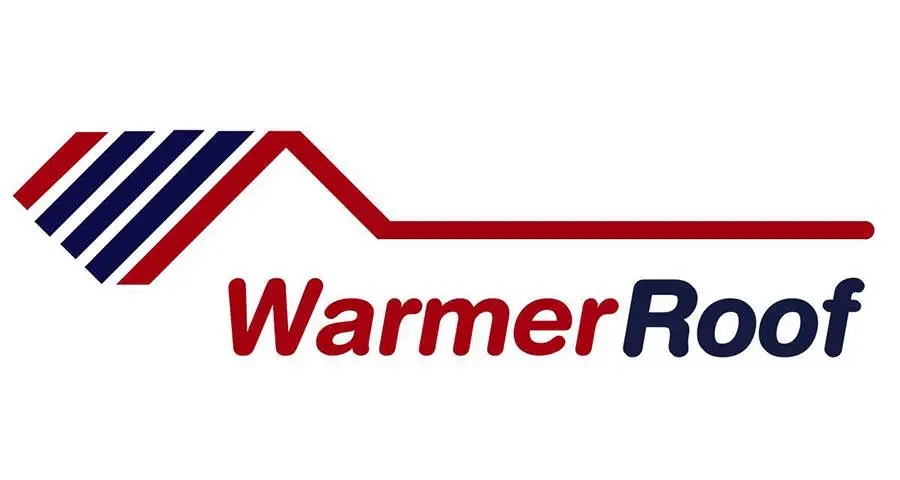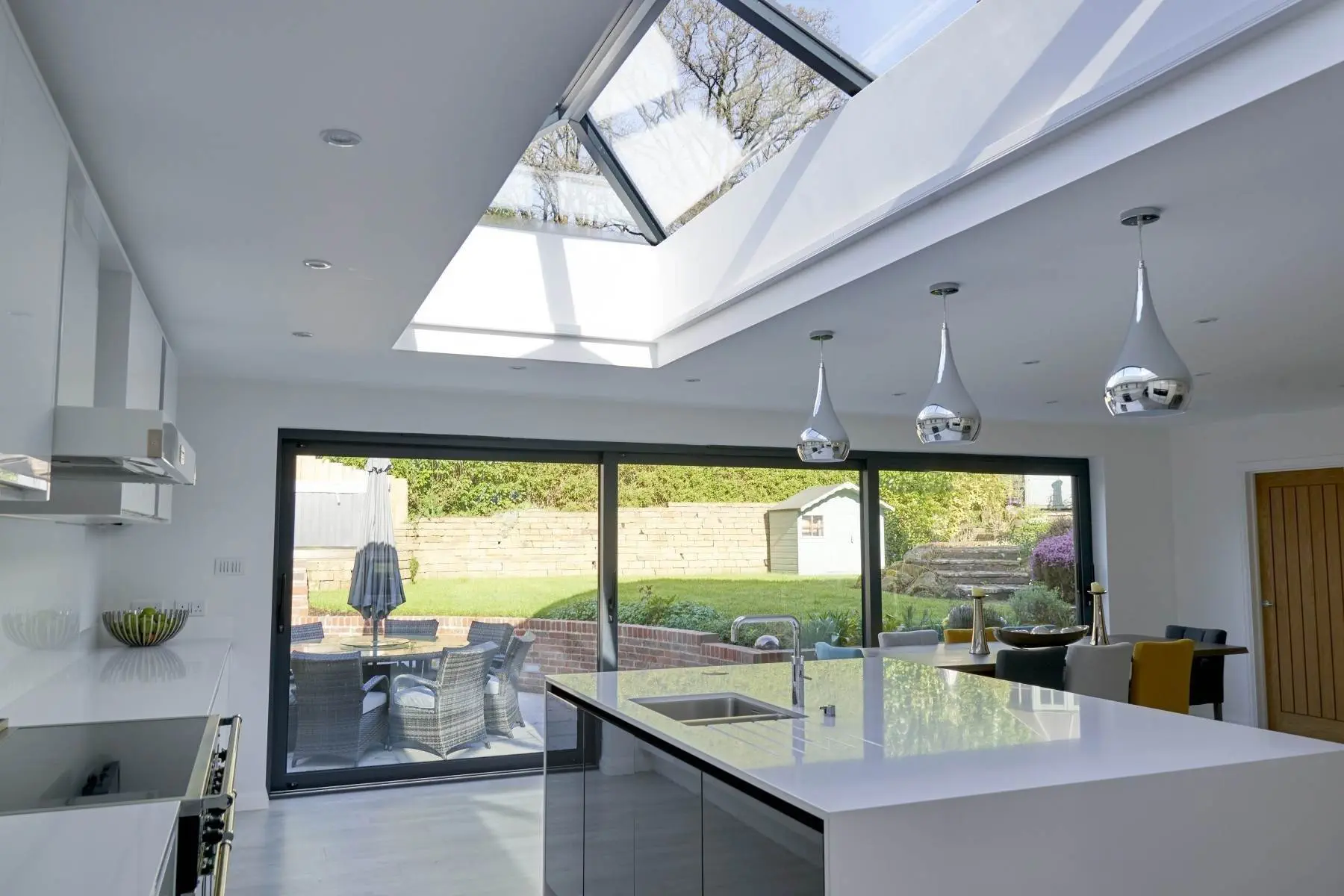Triple glazing has become an increasingly popular choice for homeowners looking to boost energy efficiency, comfort, and performance in their properties. While double glazing has long been the standard, triple glazing offers a superior solution—especially in homes exposed to colder climates, high noise pollution, or those aiming for the highest possible energy ratings.
In this article, we’ll explore what triple glazing is, how it compares to double glazing, and the benefits it offers across different frame materials such as uPVC, timber, and aluminium. We’ll also address common questions in an FAQ section backed by schema markup for enhanced search visibility.
What Is Triple Glazing?
Triple glazing consists of three panes of glass instead of the two used in double glazing. These three panes are separated by two gas-filled cavities—usually argon or krypton—which provide a thermal and acoustic buffer. The central pane adds another layer of insulation, making triple glazing more energy-efficient and soundproof than its double-glazed counterpart.
Triple Glazing vs Double Glazing: What’s the Difference?
| Feature | Double Glazing | Triple Glazing |
| Number of Glass Panes | 2 | 3 |
| Number of Air/Gas Cavities | 1 | 2 |
| Typical U-Value | 1.2 – 1.4 W/m²K | 0.8 – 1.0 W/m²K |
| Energy Efficiency | High | Very High |
| Noise Reduction | Good | Excellent |
| Cost | Lower | Higher |
| Weight | Lighter | Heavier |
| Ideal Use | Mild to moderate climates | Cold or urban environments |
The key performance difference lies in the U-value, which measures how well a window prevents heat from escaping. Lower U-values mean better insulation. Triple glazed units typically outperform double glazed ones in this area, making them ideal for energy-conscious homeowners or new builds aiming to meet Passive House standards.
Benefits of Triple Glazing
1. Enhanced Energy Efficiency
The third pane and second insulating cavity dramatically reduce heat loss, helping homeowners cut down on heating costs. This makes triple glazing particularly suitable for colder climates and properties aiming for A+ or better energy ratings.
2. Superior Noise Reduction
Triple glazing provides better acoustic insulation thanks to the extra layer of glass and gas cavity. It’s ideal for homes near busy roads, airports, or noisy urban areas.
3. Increased Security
Three panes of glass provide added resistance to forced entry. Combined with secure frame materials, triple glazing can be a powerful deterrent against break-ins.
4. Reduced Condensation
Triple glazed windows stay warmer on the inside surface, significantly reducing the likelihood of condensation forming on the glass.
5. Comfort and Draft Reduction
Improved thermal performance means fewer cold spots around windows and a more stable indoor environment.
Frame Options for Triple Glazing
Triple glazing is now available across a variety of frame materials, each offering distinct benefits:
uPVC Frames
- Affordable and low maintenance
- Good insulation performance
- Typically white but now available in a wide range of colours and finishes
Timber Frames
- Natural insulation properties
- Offers a traditional, elegant look
- Requires maintenance but can last for decades if properly treated
Aluminium Frames
- Modern, slimline appearance
- Strong and durable
- Often used in contemporary builds and larger glazing panels
- Thermally broken aluminium can offer excellent energy performance
Each frame material can be combined with triple glazing to match aesthetic preferences and performance requirements.
Is Triple Glazing Worth the Investment?
While the initial cost of triple glazing is higher than double glazing, the long-term benefits can justify the investment—especially in new builds or when replacing older windows in energy-inefficient homes. Over time, homeowners may recoup the costs through energy savings, increased property value, and enhanced comfort.
However, in milder climates or well-insulated homes, the jump from double to triple glazing might offer diminishing returns. The decision should be based on your home’s existing energy performance, location, and budget.
When Should You Choose Triple Glazing?
Triple glazing is especially recommended if:
- You’re building a new home or undergoing a major renovation.
- Your property is in a cold climate or exposed location.
- You live in a noisy environment and want acoustic insulation.
- You’re aiming for very low energy consumption (e.g., Passive House standard).
- You’re looking for maximum home comfort and value.
Maintenance and Lifespan
Like double glazed units, triple glazed windows require minimal maintenance. Routine cleaning and occasional checks for seal integrity are usually sufficient. With proper installation and care, triple glazing can last 20–30 years or more.
Environmental Impact
Triple glazing reduces household energy consumption, contributing to lower carbon emissions. Many modern systems also use recyclable frame materials and low-emissivity (low-E) glass to further enhance their environmental credentials.
Common Questions About Triple Glazing
Q. What is triple glazing?
A. Triple glazing is a type of window made with three panes of glass separated by gas-filled cavities. It offers better insulation and noise reduction than double glazing.
Q. Is triple glazing better than double glazing?
A. Yes, triple glazing provides superior energy efficiency, noise reduction, and condensation control compared to double glazing, though it comes at a higher cost.
Q. Does triple glazing reduce noise?
A. Yes, the extra pane of glass and additional gas cavity provide excellent acoustic insulation, making it ideal for homes in noisy areas.
Q. What frame materials support triple glazing?
A. Triple glazing is compatible with uPVC, timber, and aluminium frames, offering flexible choices to suit different home styles and performance needs.
Q. Is triple glazing worth the cost?
A. Triple glazing is a worthwhile investment for homes in cold or noisy environments, or for homeowners looking for top-tier insulation and comfort.











